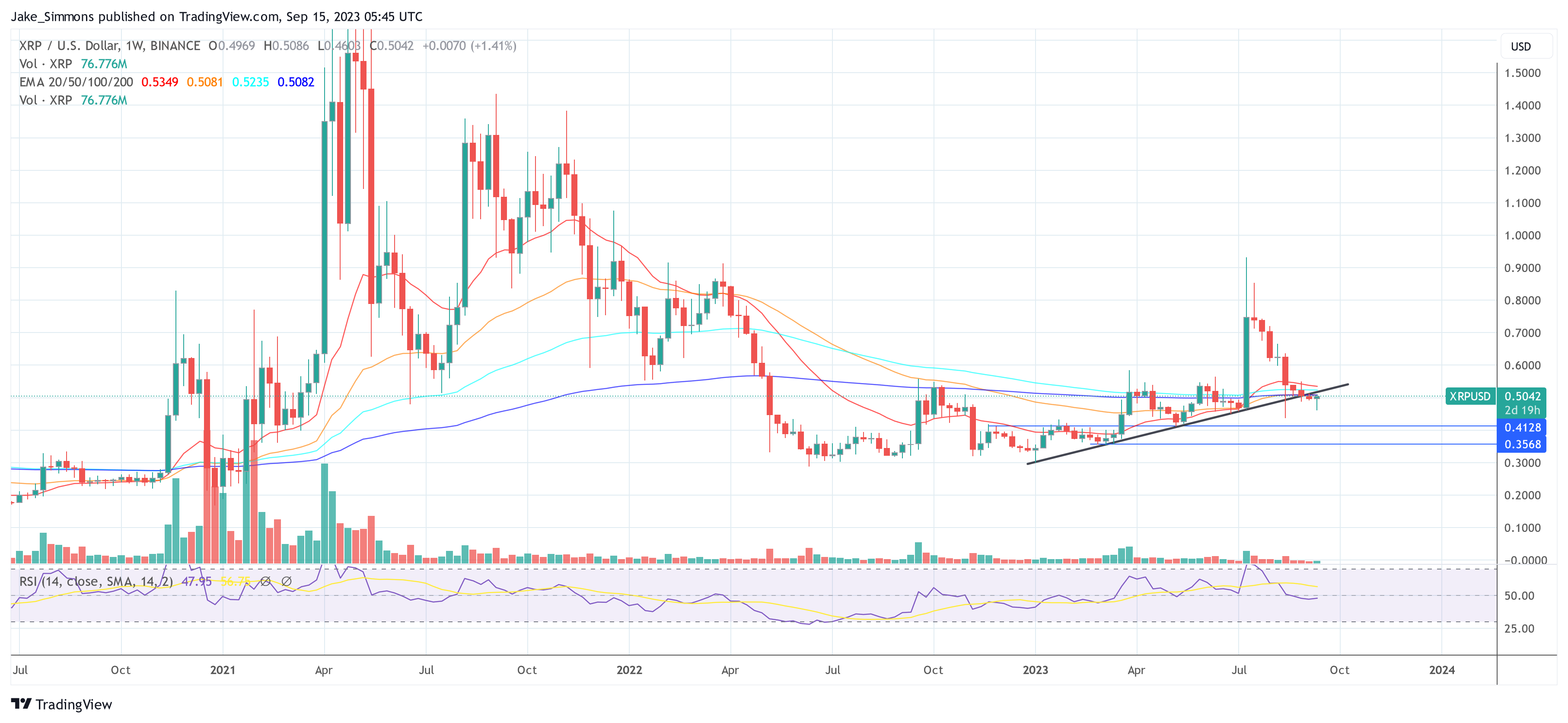In a strategic move to solidify its position in the crypto industry, Ripple has announced a comprehensive expansion of its Liquidity Hub. This expansion underscores Ripple’s dedication to enhancing user experience, diversifying its asset offerings, and broadening its global presence.
Here’s What’s New At Liquidity Hub
Ripple’s Liquidity Hub, known for its user-centric approach, is introducing advanced trading UI features. These features are designed to provide users with a more streamlined trading experience. Alongside this, Ripple has taken measures to improve its Service Level Agreements (SLAs) for crypto deposit processing, aiming for swifter and more dependable transactions. As highlighted in their blog post, these enhancements are tailored to cater to a wide range of sectors, from NFT marketplaces and crypto ATMs to brokers.
On the asset front, the fintech is broadening its horizons. The Liquidity Hub is now extending its support to stablecoins, with USDC and USDT being the latest additions. This inclusion is a direct response to the growing demands of enterprise customers, and Ripple has expressed its commitment to further expand its asset offerings in compliance with regulatory standards.
Geographically, Ripple is setting its sights beyond the US. The company has announced the availability of the Liquidity Hub in two new regions: Brazil and Australia. This move is in line with the company’s strategy to tap into markets where they have established connections and where there’s a clear demand for crypto solutions.
Beyond these updates, Ripple emphasized the importance of efficient on- and off-ramps in the crypto ecosystem. Their extensive network, powered by Ripple Payments, now boasts payout capabilities in over 70 countries, covering more than 90% of the daily FX market.
Why It Matters For Ripple
Delving deeper into the essence of the Liquidity Hub, Ripple’s blog post draws parallels between the crypto industry today and the internet boom of the ’90s and early 2000s. The company points out that while the challenges of establishing an “internet business” have been surmounted, the primary obstacle now is the “usability” of crypto.
The fintech believes that just as there are essential elements needed to run a business on the internet today, there are core building blocks necessary to run an enterprise crypto business. Central to these building blocks is liquidity.
The company further elaborates on the complexities of managing liquidity, emphasizing that it’s about ensuring assets are “available at the right time, for the right cost, at the right place to meet customers’ needs.” The company initially developed the Liquidity Hub to address its internal liquidity challenges. Recognizing a broader market need, they decided to offer this service externally, enabling other businesses to access and manage crypto liquidity efficiently.
For context, Ripple’s Liquidity Hub was launched on April 13, following a successful pilot. The platform was conceived as a solution to bridge the gap between crypto and fiat, offering digital assets from a range of market makers. It simplifies the process for businesses, eliminating the need for pre-financing capital positions and providing a consolidated platform for accessing digital assets.
At press time, XRP traded at $0.5042.

Source: https://bitcoinist.com/ripple-expands-liquidity-hub/
